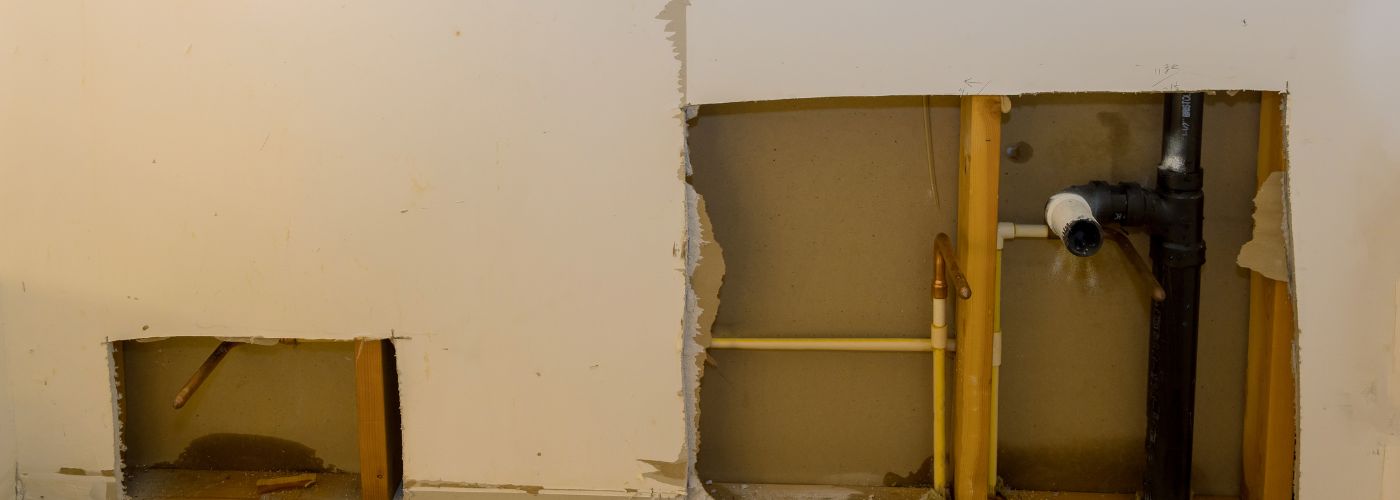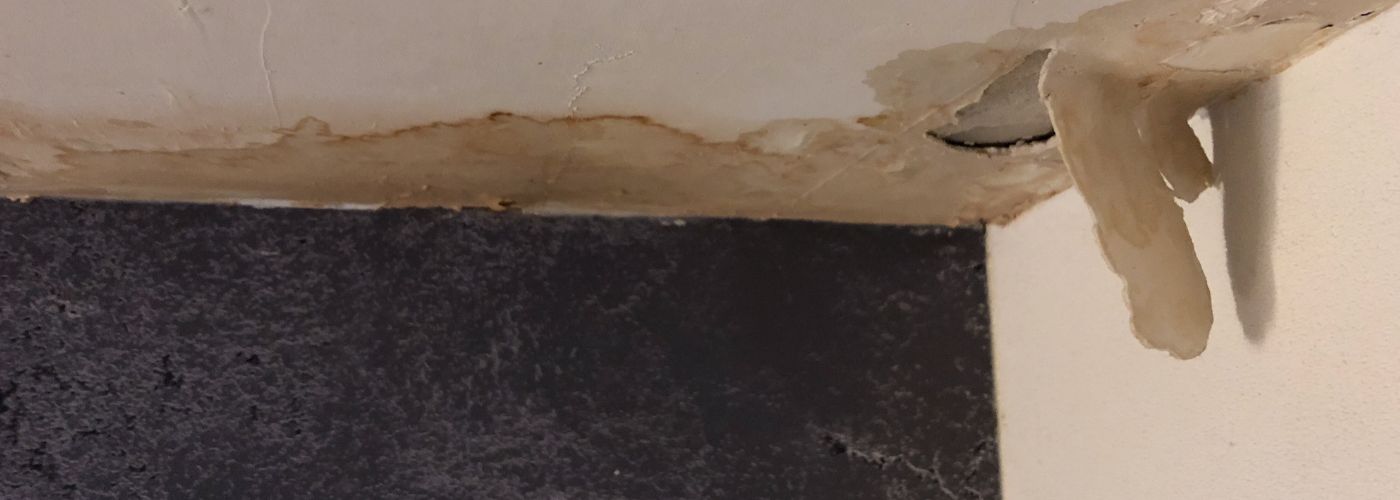Water damage can wreak havoc on homes, leading to costly repairs and significant disruption in daily life. Whether it is caused by a burst pipe, a leaking roof, or a natural disaster like flooding, water intrusion can have devastating consequences for homeowners. We’ll explore what makes water damage worse for homes and investigate into the various elements that contribute to its escalation.
What Is The Number One Cause Of Water Damage In A Home?

Water damage is a homeowner’s worst nightmare, and it can wreak havoc on even the most well-maintained properties. One of the primary culprits behind water damage in homes is leaky pipes.
Over time, pipes can deteriorate or develop small cracks, causing them to slowly leak water into your walls or floors. This slow leakage might go unnoticed for weeks or even months, leading to extensive damage and costly repairs.
Some signs to look out for if you have a leaky faucet are increased water bills, damp or discolored patches on walls or ceilings, a musty odor in certain areas of the house, and the sound of dripping water when no faucets are turned on. These signs should not be ignored as they could indicate a hidden leak that is causing gradual damage to your home.
Another common plumbing issue that can lead to water damage is burst pipes due to freezing temperatures during winter months.
You can tell that your pipes are frozen by feeling for a lack of water flow when you turn on your faucet. Additionally, if there is no water coming out or only a small trickle, it may indicate frozen pipes. Another clue could be unusual sounds like banging or clanging noises coming from the pipes.
When pipes freeze, the water inside expands and exerts immense pressure on the pipe walls. This pressure can cause weak points in the pipe to burst, resulting in significant flooding and damage to your home.
How Long Does It Take For Water To Cause Structural Damage?

Water damage can wreak havoc on the structural integrity of a building, causing extensive and costly repairs. But just how long does it take for water to cause such damage?
In general, standing water or excessive moisture can start to impact a building’s structure within 24-48 hours. During this time frame, wooden materials may begin to warp or swell as they absorb moisture.
Drywall and plaster may also start deteriorating, leading to sagging ceilings or crumbling walls. Additionally, prolonged exposure to water can weaken concrete foundations or corrode metal supports.
The severity of structural damage varies based on the amount of water involved and its origin. Clean water from burst pipes or rainwater may cause less immediate harm compared to contaminated water from sewage backups or flooding.
Any business experiencing heavy structural damage will need commercial water damage restoration to completely resolve the issue.
What Happens If Water Gets In Your Walls?
The consequences of water infiltration are not limited to the immediate damage you may see on the surface; they can extend far beyond that. When water gets inside your walls, it creates the perfect breeding ground for mold and mildew.
These fungi thrive in damp environments, and if left untreated, they can spread rapidly throughout your home. Mold not only poses significant health risks but also causes structural damage to your walls over time.
Another consequence of water intrusion into your walls is rotting wood. Most homes have wooden framing beneath the drywall, and when prolonged exposure to moisture occurs, this wood starts to deteriorate.
Wood rot is a serious issue that can compromise the integrity of your home’s structure. When moisture seeps into the wooden framing, it provides an ideal environment for fungal growth and wood-eating insects like termites. As these pests feast on the weakened wood, they further exacerbate the damage and increase the risk of structural collapse.
In addition to mold, mildew, and wood rot, water intrusion can also lead to electrical hazards.
How Much Water Damage Is Too Much?
Firstly, there are three categories of water damage: Category 1 refers to clean water from sources such as broken pipes or overflowing sinks.
Category 2 includes slightly contaminated water from sources like washing machine leaks or dishwasher overflow. Category 3 involves highly contaminated water, often containing sewage, from sources like toilet backups or flooding.
While Category 1 may only require drying out the affected area and fixing the source of the leak, Categories 2 and 3 demand immediate attention due to health hazards associated with the contaminants present.
Secondly, the extent of visible water damage does not always reflect its severity. Water damage can be deceptive, as it is not solely determined by what meets the eye.
Even a small amount of water from Category 2 or 3 sources can lead to significant structural damage and pose serious health risks. The contaminants present in these categories can harbor harmful bacteria, viruses, and other pathogens that can easily spread throughout the affected area.


